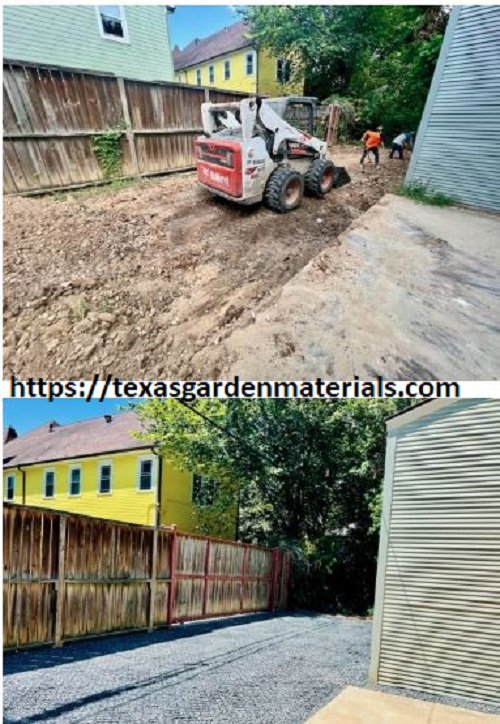French drain before and after
A French drain is a rock or gravel-filled sloped ditch that often has a perforated pipe in it. Redirecting surface and groundwater away from places where water pools or gathers is the aim of a French drain. Naturally, water will seek for niches in the earth and flow downward. Groundwater seeps into the French drain's rock bed from the sizable crevices in the rock. After entering the pipe, the water is directed downhill into a predetermined region. You might still be unsure about the precise function of a French drain if you are getting ready to have one installed.
You might also start to wonder if you need one. This is because having trenches excavated inside and outside of your house may not be very pleasant. Before the French drain excavation at your Milford, New Hampshire property starts, you should ask the following questions.
Experts will usually use a backhoe to dig the trenches. Gravel is put along the trench to cover between 2 and 4 inches of the bottom after it has been dug. Next, a perforated pipe is placed over the gravel in the trench. Once the pipe is in position, the remaining trench is filled with gravel to completely hide the pipe. At this stage, the French drain can be covered with turf and soil or topped with ornamental landscaping stones.
If you can still see the water that used to pool and collect in certain places, your French drain is probably malfunctioning and may have a clog or something else blocking the water's path. If placed correctly, a French drain should last for many years with little to no maintenance required. A French drain before and after can be used both before and after to guide water where you want it to go and to reduce standing water. Water can flow freely to a designated spot without accumulating and becoming a nuisance.
